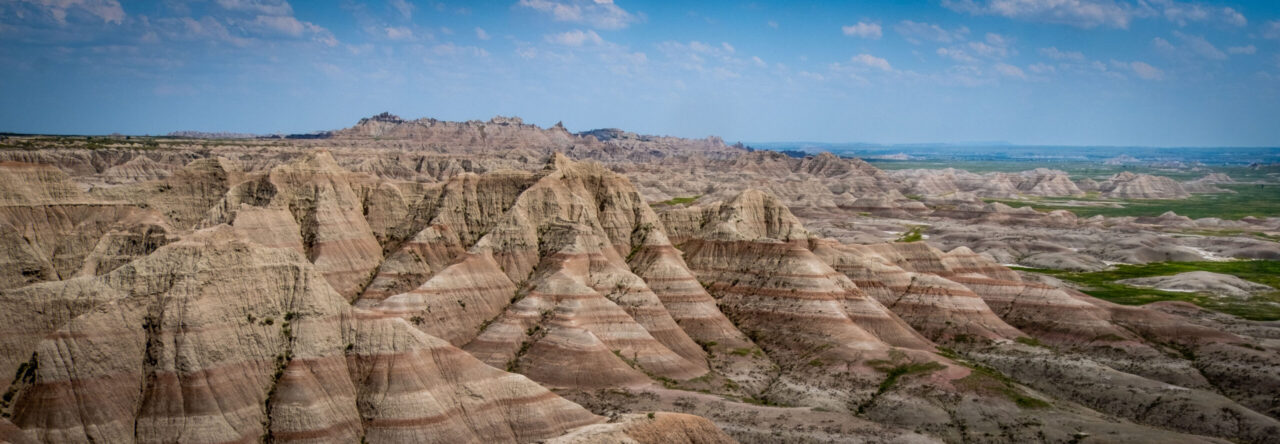From the moment I knew we were going to stay at Straits State Park in St. Ignace, and that we would have a campsite right on the water, I knew that I wanted to take a photo of my illuminated tent with the Mackinac Bridge in the background. This post will walk through the process I took to come out with this image.
Planning:
I took the photo during late blue hour because I wanted a relatively even exposure between the lights on the bridge and the illuminated tent. I considered using my speedlight in the tent, and that may have yielded a better illumination, but in the end I decided to use a few LED flashlights, as I didn’t want to be obnoxious in the campsite with a flashing tent. I walked around the site to get the best composition, and then set up my tripod.
Shooting:
It would be very easy to get all of this (and more) in frame with a lens on the wider end of the spectrum. This was my first instinct; however, my first peek in the viewfinder reminded me of a very real issue: when shooting below approximately 50 mm, background objects appear increasingly smaller as compared to how they are viewed by the human eye. In other words, at 18mm, everything is in frame, but there is a huge tent and a tiny bridge. This is no good.
The solution to this problem is to go telephoto. Above 50mm or so, objects in the background appear larger than they do to the human eye, and the greater the focal length, the closer one will get to a point where background and foreground are nearly identical in perceived size.
The telephoto presents a second issue though, and that is that I could not back up far enough to get everything in frame. We have a technological solution to this though, and a relatively easy one to execute since I was on a tripod. I started on the left and took an exposure, then I panned until I had about 2/3 of the frame as new stuff and I took another exposure. I repeated this process until I had everything covered, with a decent amount on either side in case I had to crop due to my technique not being perfect.
My exposures were at f/11, ISO 400, for 30 seconds.
The Lightroom Editing:
The first step was to stitch everything together, which is easily accomplished in Lightroom. Then I cropped, and made simple exposure and contrast adjustments, as well as some color corrections.
The Photoshop Edit:
This was the time consuming bit of the edit. I’m just going to list everything that I did.
- Using content aware fill, I removed the branding from the tent
- Using luminosity masks, I did the following
- Corrected some exposure issues in the bridge and water
- Brushed noise reduction into the shadows
- Using a high pass filter, cloned and emphasized texture in the tent
- Using the camera raw filter, I added vignette and other minor finishing touches
So that’s how I got the shot. It’s not perfect, but I think it tells a great story and I learned a lot. I am confident that the next time I am in this kind of situation I can come out with something even better.
Date Taken:
June 26, 2016
Thank you for reading. You can see my best work on 500px and can also find pictures of the “trying my hardest to be good at this” type on Flickr or Pixoto.
Also, be sure to like the Go See Do Facebook Page, and follow Ashleigh on Instagram and Flickr! Check out our Gear page to see inside our camera bag!


Leave a Reply